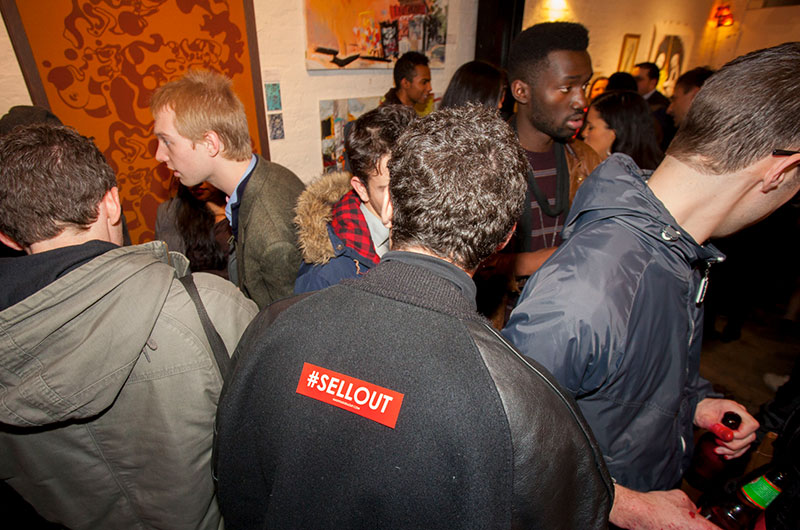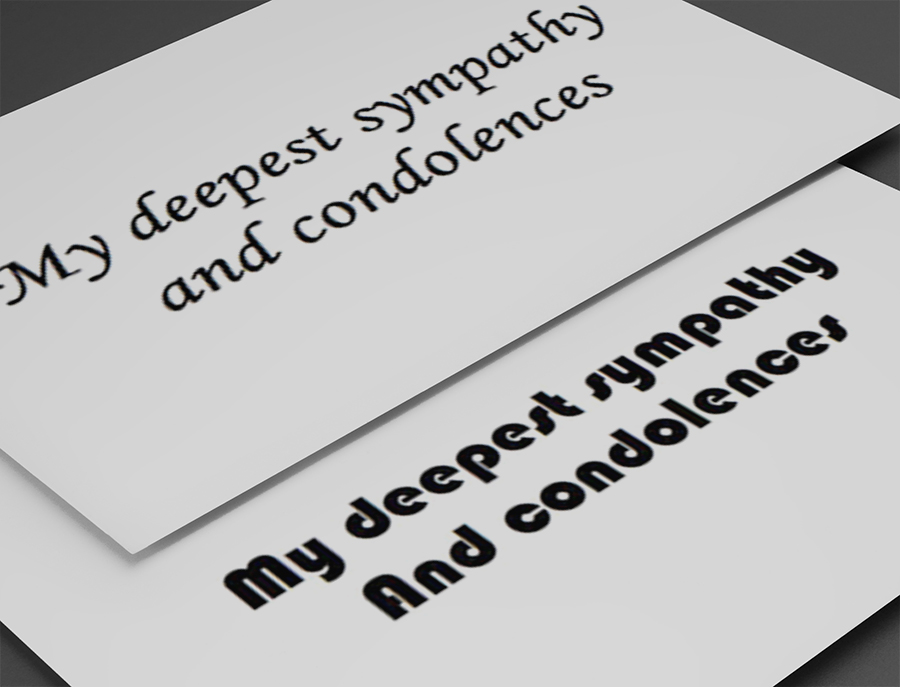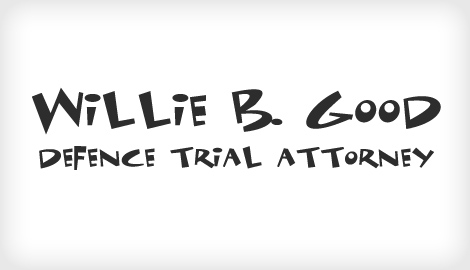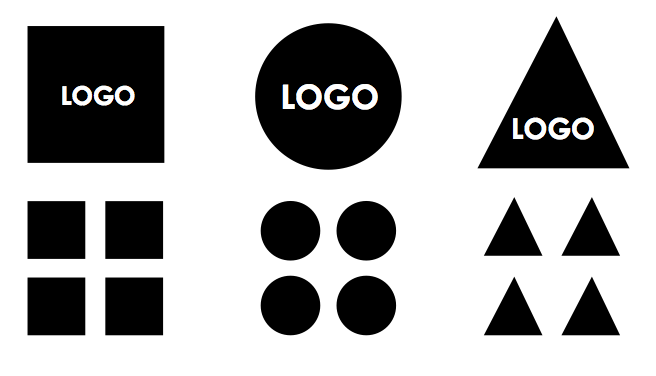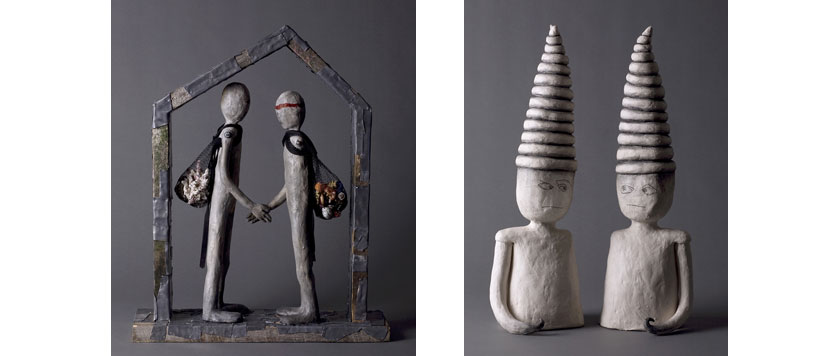Don’t know what to post? Here’s an easy way to strengthen your brand AND make social media posting easier
The more you can infuse a consistent message, voice and look into everything your company puts out in public, the stronger your brand will be. That means each aspect of your touch points is up for grabs. Photography can be an easy way to strengthen your brand, simply by being aware of it. Here are 3 ways to use photos to strengthen your brand.
1) WATERMARK
People love photos, they’re an easy way to experience a story without much thought. They can also be an easy way to get your brand in front of clients over and over without being invasive. When you host an event, for example, posting the photos afterward gives a reason for people to experience the event again and think about what a great time they had! In Worstofall’s experience, the newsletters with event photos by far get the highest open and click rate- because people are either dying to see photos of themselves and they also want to make sure they look good.
So make sure your logo is on all the photos as this will subconsciously strengthen the viewer’s association with your brand and relate it to either a) the great time they had at the event or b) a great event they missed but will want to attend again. Photos from events also get shared across many social media outlets so friends of attendees will see them too, so there are exponential opportunities for visibility. And you’ll want those to know those photos are from your brands badass event!
WARNING: Watermarks can easily look cheap. Get a second opinion before you move forth with your watermark. Generally anything that’s in the center of the photo or in a large decorative font is something to avoid as it can often be distracting or tacky.
2) STYLE
If your brand looks good under the instagram filter, try to pick a couple filters you like and stay away from the rest. Too much variation feels all over the place. Filters, on the other hand, are a great way to help an amature photographer show consistency. So if you are a weight loss coach, and you are constantly sharing photos of your meals and of your trainees at the gym, think about using one filter for all the food photos, and another for all the gym photos. Over time, your followers will associate gym photos with a sepia tone (for example) and meal photos with a white border with your brand.
3) SUBJECT MATTER
Particularly on social media, there is a tendency to want to share everything because you are looking for things to post. But if you’re a construction company, just because your operation’s manager had a birthday doesn’t mean you should post a pic of the office party on facebook. On the other hand, if your brand is all about how your company is a big happy family, then you should post that photo and many more like it on a consistent basis.
A picture is worth a thousand words, so make them count!









